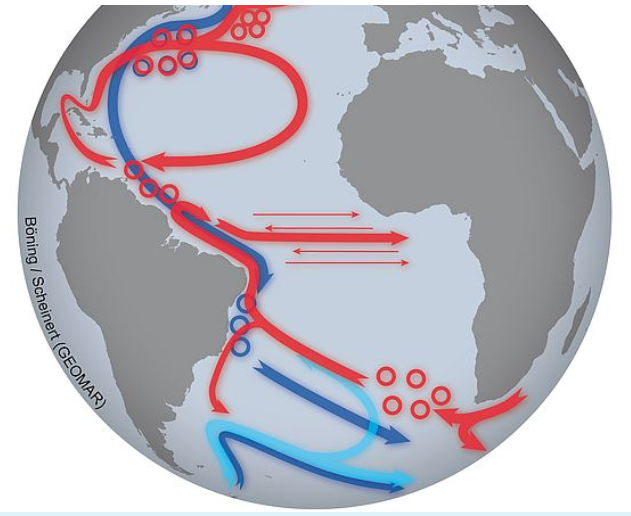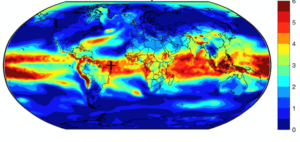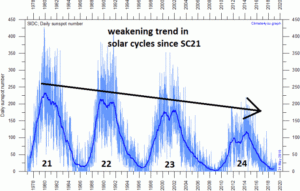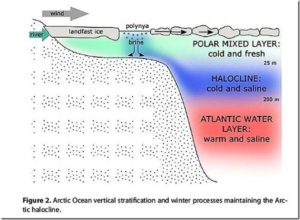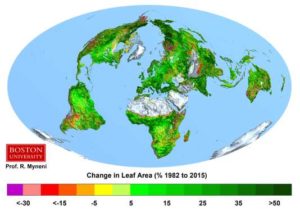by J.E. Kamis, Feb 28, 2024 in ClimateChangeDispatch
The term “Ice Age” implies that covering Earth’s surface with ice and then melting it is a single event.
As explained below, this process is not a single event but rather a reoccurring cycle that has three distinct phases: Ice Melt/End Phase, Ice Increase/Recovery Phase, and Normal Ice Extent/Stable Phase.
Ice Melt/End Phase
Approximately every 100,000 years, the Earth’s glaciers and seas reach their maximum extent. Suddenly and within 5,000 years nearly all the ice melts. I term this the Ice Melt Phase.
So, what causes this rapid melting of the ice? It is a geologically induced pulse of heat and gas emitted from all of Earth’s geological features. A more detailed explanation of the Ice Melt Phase follows.
In 1941 Serbian mathematician Milutin Milankovitch discovered that every 100,000 years, the Earth’s orbit around the sun, tilt angle of its axis, and wobble-type movement around the axis changes. Scientists called this process a Milankovitch Cycle.
Milankovitch concluded that these astronomical changes affected Earth’s long-term climate. Others have shown that these astronomical changes also act to greatly increase the gravitational stress on Earth.

Figure 1. 50,000-mile-long interconnected network of ocean floor fault zones and ice extent during an Ice Cycle. (Image credit Wikipedia, some labeling by J. Kamis).
In my opinion, this stress activates all of Earth’s geological features, most importantly the 50,000-mile-long interconnected network of deep ocean-floor fault zones (Figure 1). These fault zones form the boundary between continents and large segments of ocean-floor rock layers.
…

